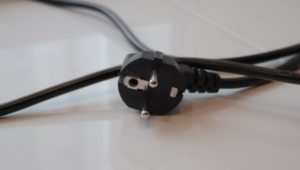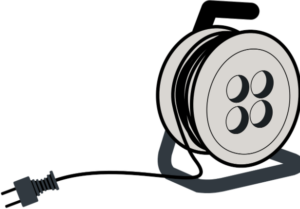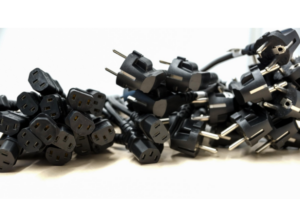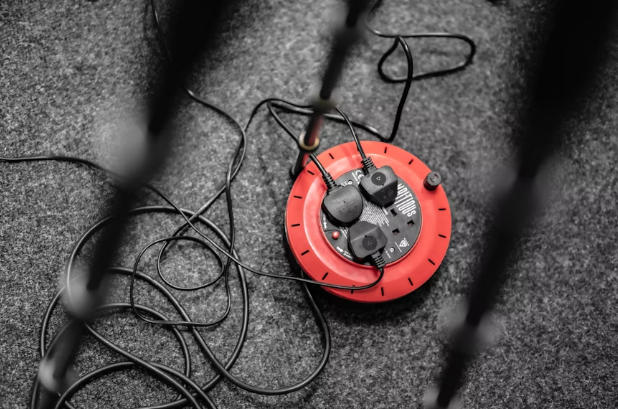Home offices and workshops sometimes lack electricity connectivity. Handling DIY projects or completing routine office tasks requires extending power to these facilities. Outdoor extension cords offer an efficient and convenient way to convey power from indoor outlets to outdoor facilities. Many extension cords are available in gauges and lengths to suit diverse applications.
Understand how these cords work and the options to make choosing a breeze. DIYers, homeowners, and outdoor explorers shopping for extension cables should calculate the total power they need per session. That way, they can choose a cord capable of delivering sufficient power to charge and power all devices.
Stay tuned to understand outdoor extension cords better for easy and quick selection.
- Buyers Have Many Options to Compare

Outdoor extension cords are more robust and efficient tools for extending power to areas without. They have weather-resistant and durable construction to optimize safety during outdoor use. These cords are available in many gauges and lengths to accommodate diverse power needs. The perfect outdoor extension cord depends on the power needs. General-purpose cords have designs and configurations to handle most outdoor tasks.
All-weather cords are flexible and reliable in areas with sub-freezing temperatures. Heavy-duty cords have robust wires and durable construction to ensure efficient power transfer in applications requiring higher power capacity. Retractable cords are tactile and flexible options that stretch and recover their original length. Many robust cords have built-in switches to optimize on and off control.
- They Have Robust Safety Features
The robust construction and wiring ensure the cables can handle more power. The fact that they transmit more power means a higher risk of electrical hazards. Manufacturers add robust safety features to make the cords secure and efficient for outdoor use. Most cords have efficient grounding, weatherproofing, and GFCI protection functions. Some advanced models have surge protection and lighted plugs to enhance convenience and safety.
Built-in GFCIs detect ground faults and cut off power to prevent electrical shock in wet conditions. Weather-resistant and durable materials ensure the cords withstand temperature fluctuations, moisture, and UV rays. Most 3-prong extension cords have adequate grounding to protect against electrical shock. Built-in surge protectors protect against power surges that can damage electronics. Reinforced insulation can prevent damage from normal wear and tear from foot traffic, and from other hazards.
- The Best Cords Have Robust Designs

The outdoors is the primary usage environment for outdoor extension cords. These environments present many challenges, including temperature fluctuations, rain, and UV rays. Many high-quality cords have UV-resistant jackets to prevent deterioration and cracking from sunlight. Look for cords with waterproof ratings and thermoplastic materials to ensure they perform in wet conditions.
Look for cords flexible enough to operate in freezing temperatures. SJTW materials offer excellent resistance to sunlight, moisture, and abrasion. Look for cords with oil-resistant and flexible insulation to handle more workload in demanding environments. They should have sealing caps to prevent dust and water from entering.
- They Have Superior Power Handling Ratings
Outdoor extension cords are available in many gauge and amperage combinations. Lower gauge numbers indicate thicker wires with higher amperage capacity. Light-duty applications, including powering portable fans and Christmas lights, require 16-gauge cables with 13 amps. Medium-duty applications require 14-gauge cords to power devices with 15 amps. Heavy-duty applications like powering lawnmowers and power tools require 14-gauge cords with a 15-amp rating.
More demanding projects like powering shop vacuums and air compressors require a 12-gauge cord with a 20-amp rating. Cords with 10-gauge wires and at least a 30-amp rating can power more power-hungry devices. Buyers seeking longer cords should opt for thicker gauges to compensate for voltage drops. The cord should have an amperage rating exceeding the power draw of your appliance or tool. Never overload your cords to avoid overheating and fire outbreaks.
- They Have Three-Prong Plugs

Many outdoor cords have three-prong plugs to optimise safety and power extension. Two-prong plugs have a neutral and hot wire, ensuring proper flow of power to the device. Three-prong plugs have neutral and hot wires with a grounding wire. Heavy-duty extension cords use three-prong plugs to properly power devices while minimizing potential hazards.
The grounding prong minimizes damage from power surges, keeping connected devices protected. Redirecting excess power to the grounding prong maximizes safety and prevents electrocution. Additionally, three-prong plugs enable the efficient transmission of high-voltage power to devices without risking spark hazards. The grounding prong ensures proper power surge containment during electrical power surges.
The three-prong plug optimizes safety and efficiency. The grounding wire diverts excess electrical power from the user to the electrical panel when connected to faulty appliances. It trips the breaker and prevents potential damage or injury.
Wrapping Up
Are you handling outdoor projects involving power-hungry appliances? Outdoor extension cords are robust tools for ensuring you extend power to areas without power sockets. Buyers have many cord options to compare with options rated for diverse devices. The amperage and gauge rating determine the amount of power the cable can hold. The length of the cable determines how far it can extend power from the indoor power socket.
Look for extension cords with robust construction to handle harsh outdoor conditions. The cord should have safety features to protect against power surges and accidents. Heavy-duty cords with three-prong plugs are the most desirable to protect against fire and electrical hazards.










Recent Comments